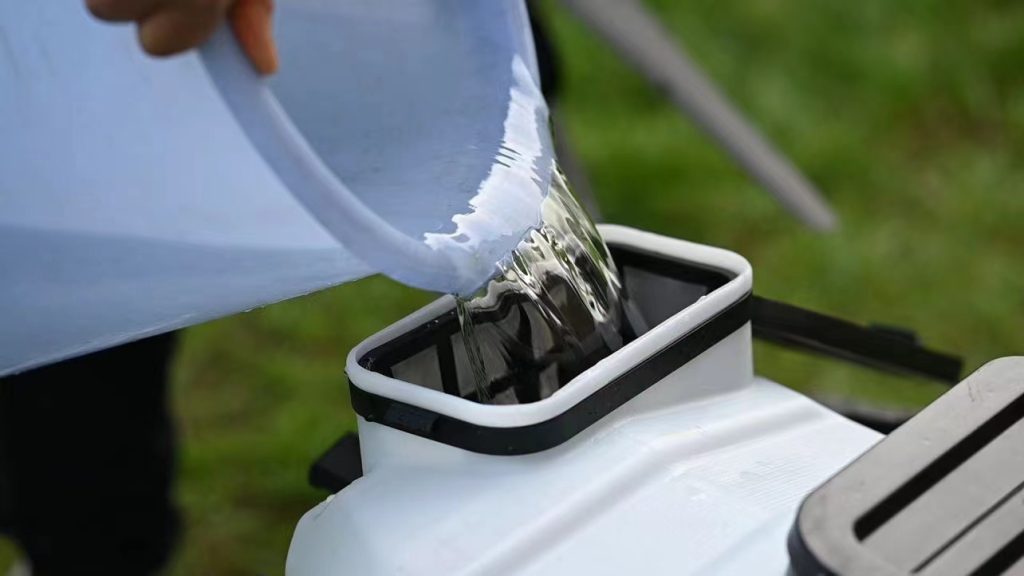
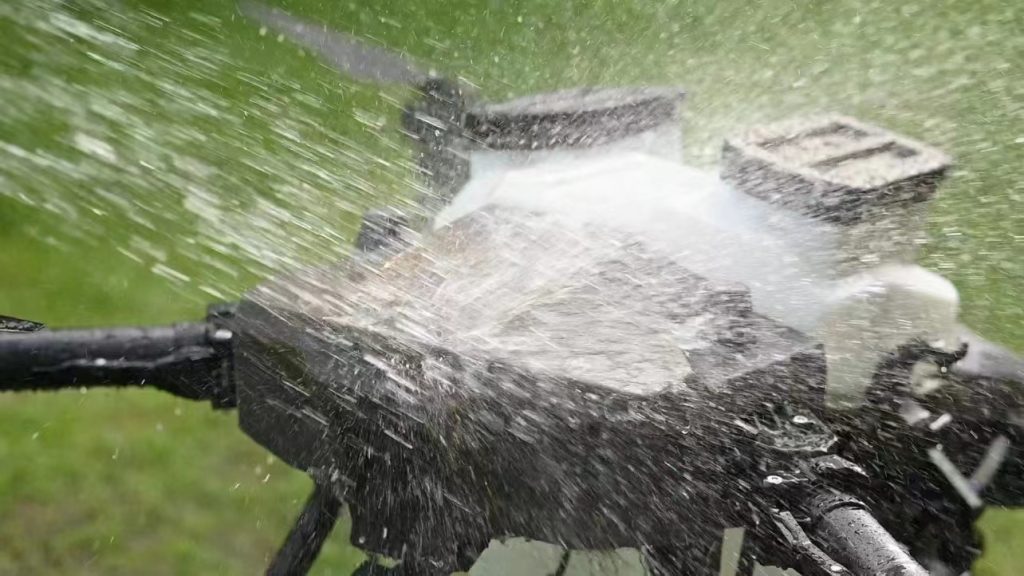
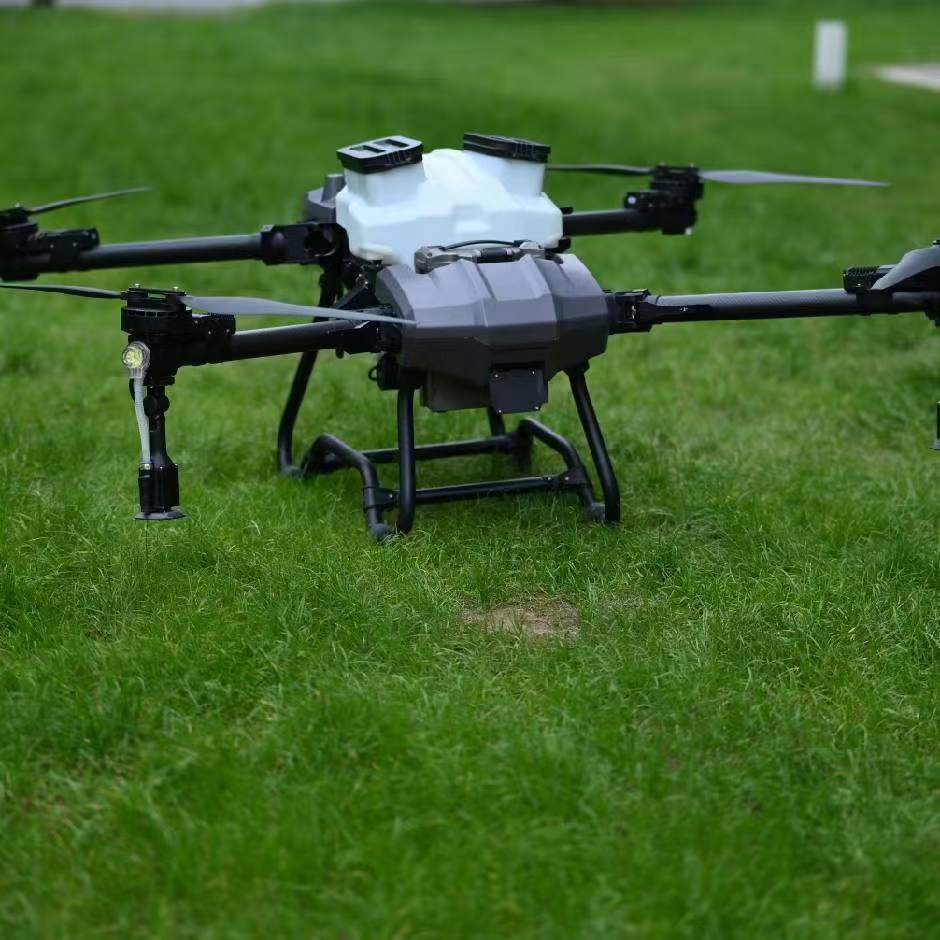
In the world of modern agriculture, efficiency, precision, and safety are more important than ever. One of the most impactful innovations supporting these goals is the drone for pesticide application. These unmanned aerial vehicles (UAVs) offer a smarter, faster, and more sustainable way to protect crops from pests and diseases.
What Is a Pesticide Application Drone?
A drone for pesticide application is a type of agricultural drone equipped with a chemical tank, spray nozzles, a pump system, and intelligent flight controls. These drones can fly autonomously or via remote control to spray pesticides evenly over large or hard-to-reach farming areas.
Unlike traditional methods using backpack sprayers or ground-based tractors, drones can reach areas quickly, avoid damaging crops, and reduce the farmer’s exposure to harmful chemicals.
Key Advantages
✅ 1. Precise Targeting
Drones use GPS or RTK systems to ensure accurate spraying paths. They can avoid overlapping spray zones and reduce chemical drift, improving crop coverage and saving inputs.
✅ 2. Time and Labor Efficiency
One drone can spray 5–20 hectares per hour depending on payload and terrain. This dramatically reduces labor costs, especially during peak seasons when time is critical.
✅ 3. Safe for Operators
By controlling the drone from a distance, farmers and workers avoid direct contact with hazardous chemicals, reducing health risks.
✅ 4. Low Impact on Soil and Crops
Because drones fly above the crops, there is no soil compaction or mechanical crop damage, which often happens with tractors or sprayer booms.
✅ 5. Environmentally Responsible
With reduced pesticide overuse, targeted application, and minimal drift, drones support more sustainable farming practices.
Technical Features Overview
| Feature | Typical Specification |
|---|---|
| Tank Capacity | 10 – 30 liters |
| Spray Width | 3 – 8 meters |
| Flight Time | 15 – 25 minutes per battery |
| Navigation | GPS/RTK with automated flight paths |
| Spraying Modes | Manual, semi-auto, or full autonomous |
| Safety Features | Obstacle avoidance, auto return, terrain following |
Best Use Cases
- Rice and wheat fields where traditional equipment can’t enter during rainy seasons
- Fruit orchards where height and uneven terrain make manual spraying risky
- Vegetable farms with tight rows and narrow paths
- Hill farms or terraced land where tractors cannot operate
The Future of Pesticide Application with Drones
Drone spraying is not only about efficiency—it’s also about data-driven agriculture. As these drones integrate with sensors and AI, they will be able to analyze crop health, identify pest hotspots, and apply pesticides only where needed.
This “spot spraying” approach will further reduce chemical use and environmental impact, bringing agriculture closer to precision and sustainability goals.
Conclusion
A drone for pesticide application is more than just an agricultural tool—it’s a key to unlocking higher yields, lower input costs, and safer farming practices. With its ability to work in complex environments and deliver precision spraying, this technology is rapidly becoming a must-have solution for farmers around the world.

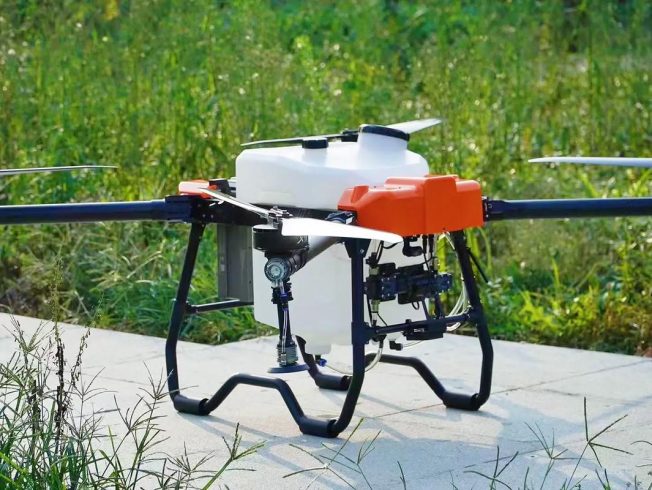
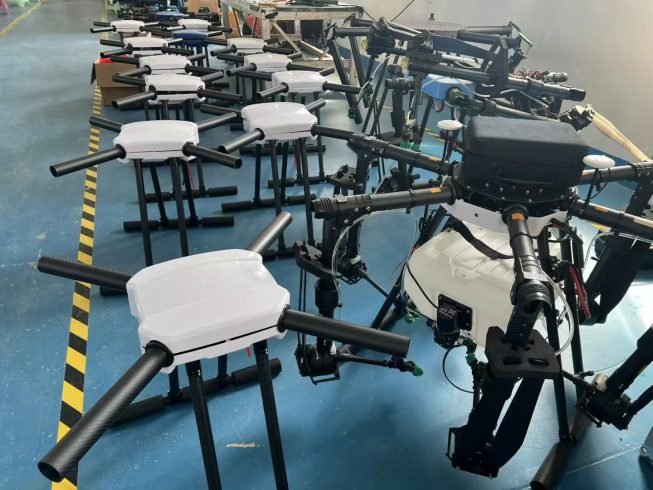
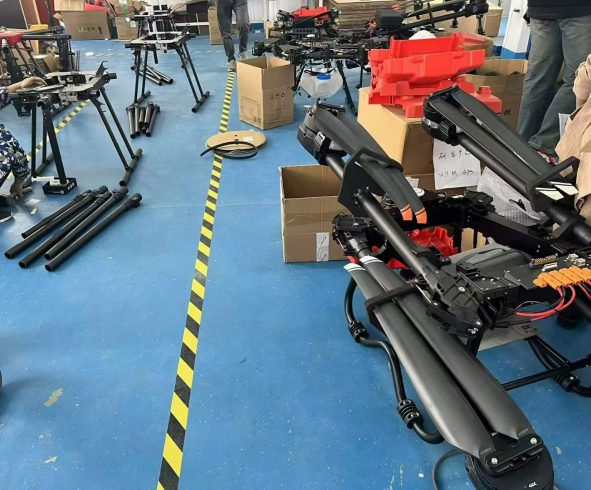
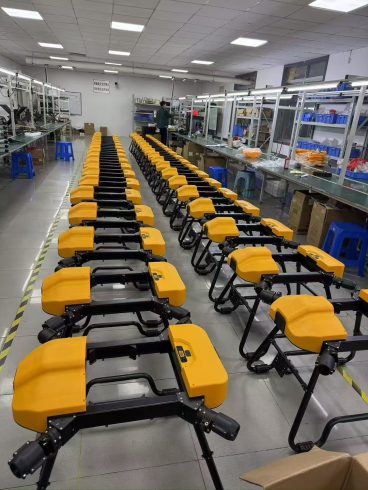

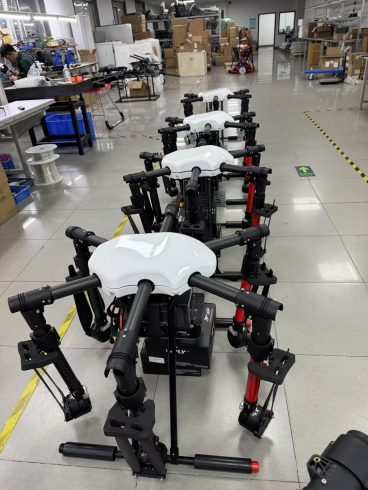
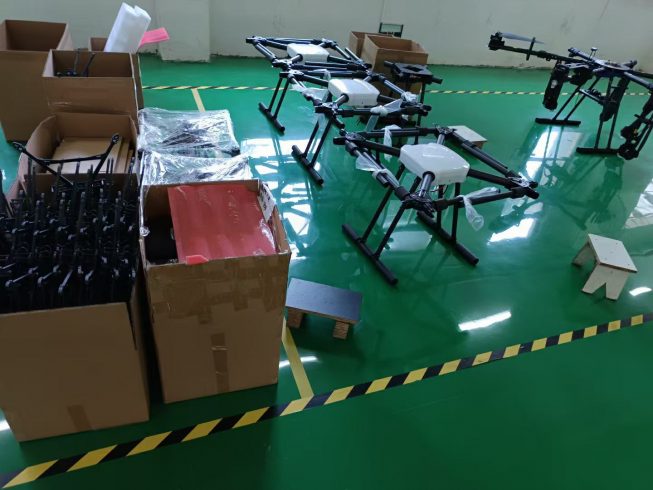
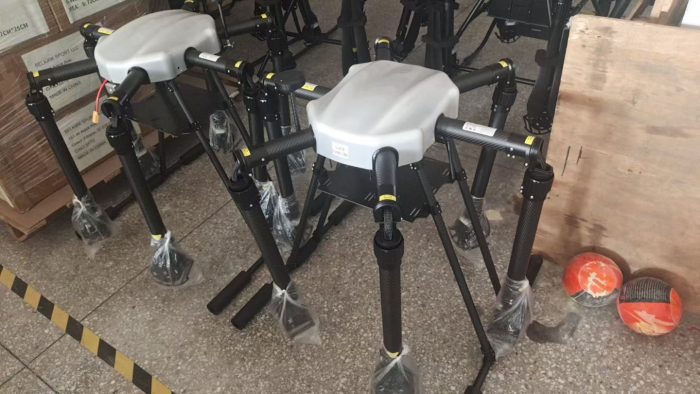
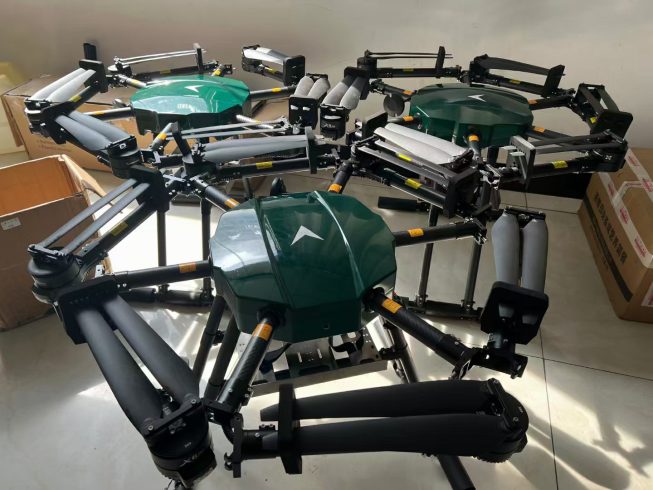
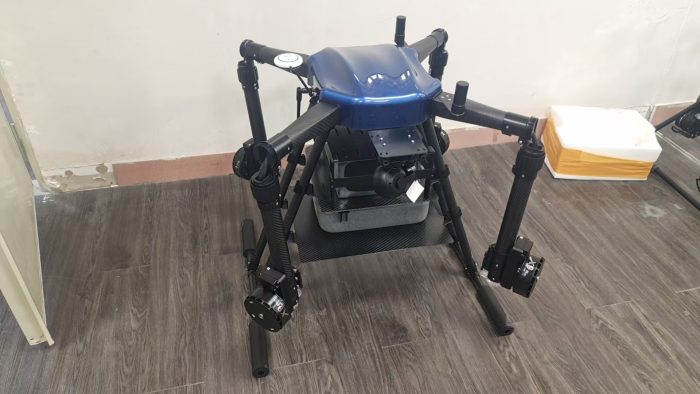
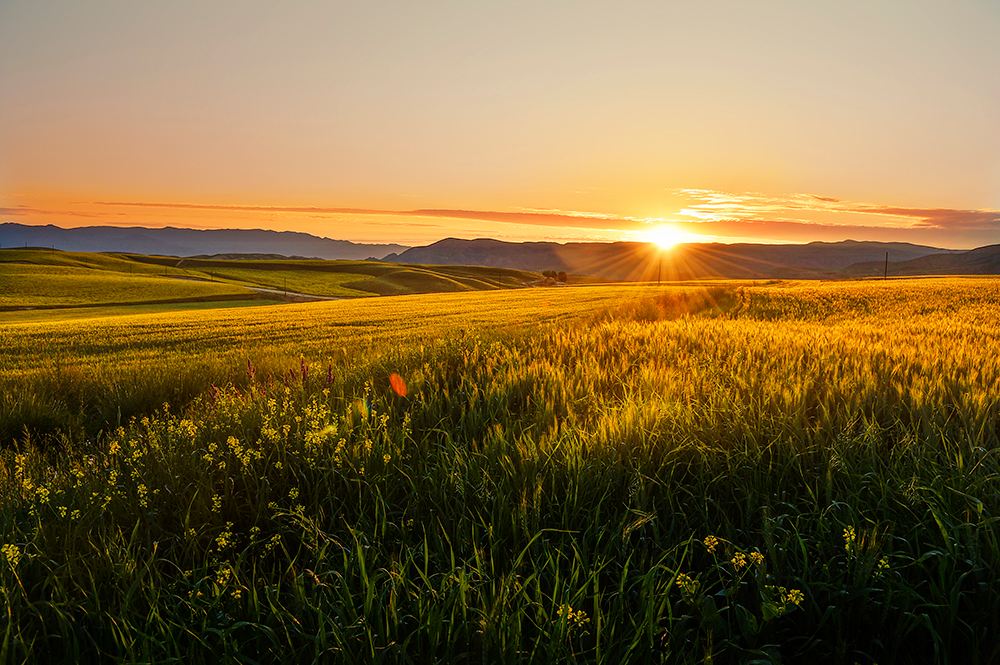
暂无评论内容